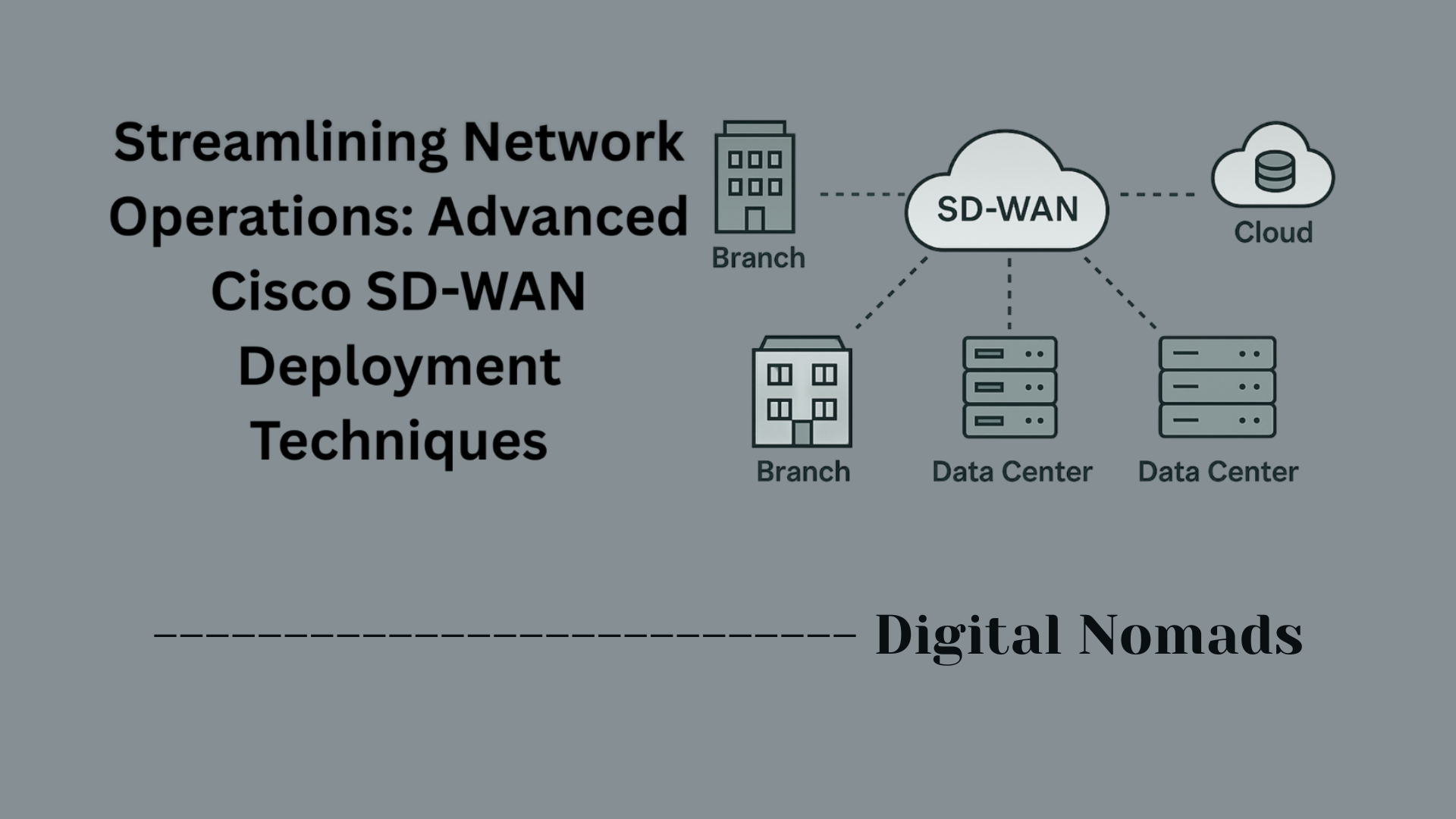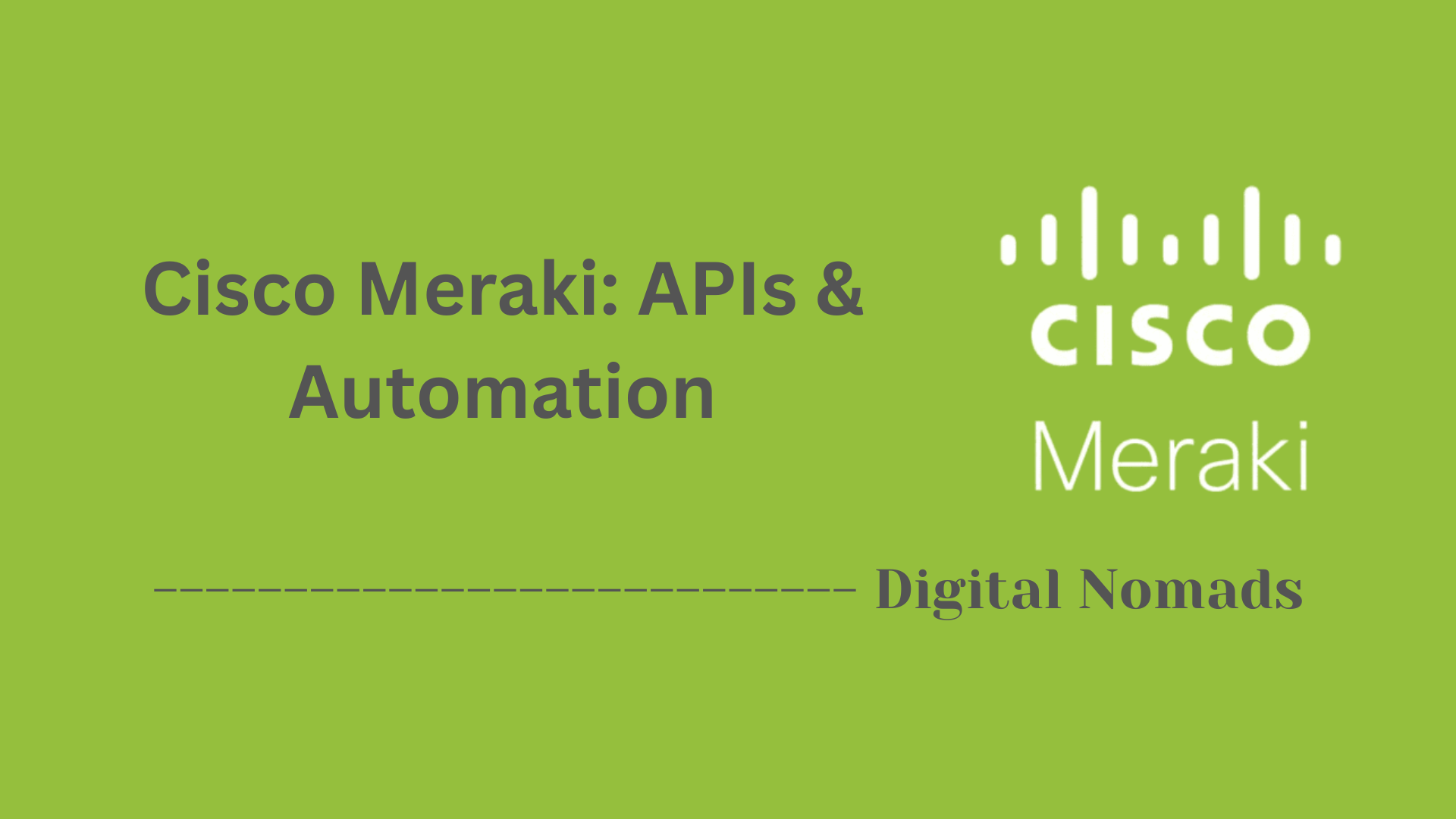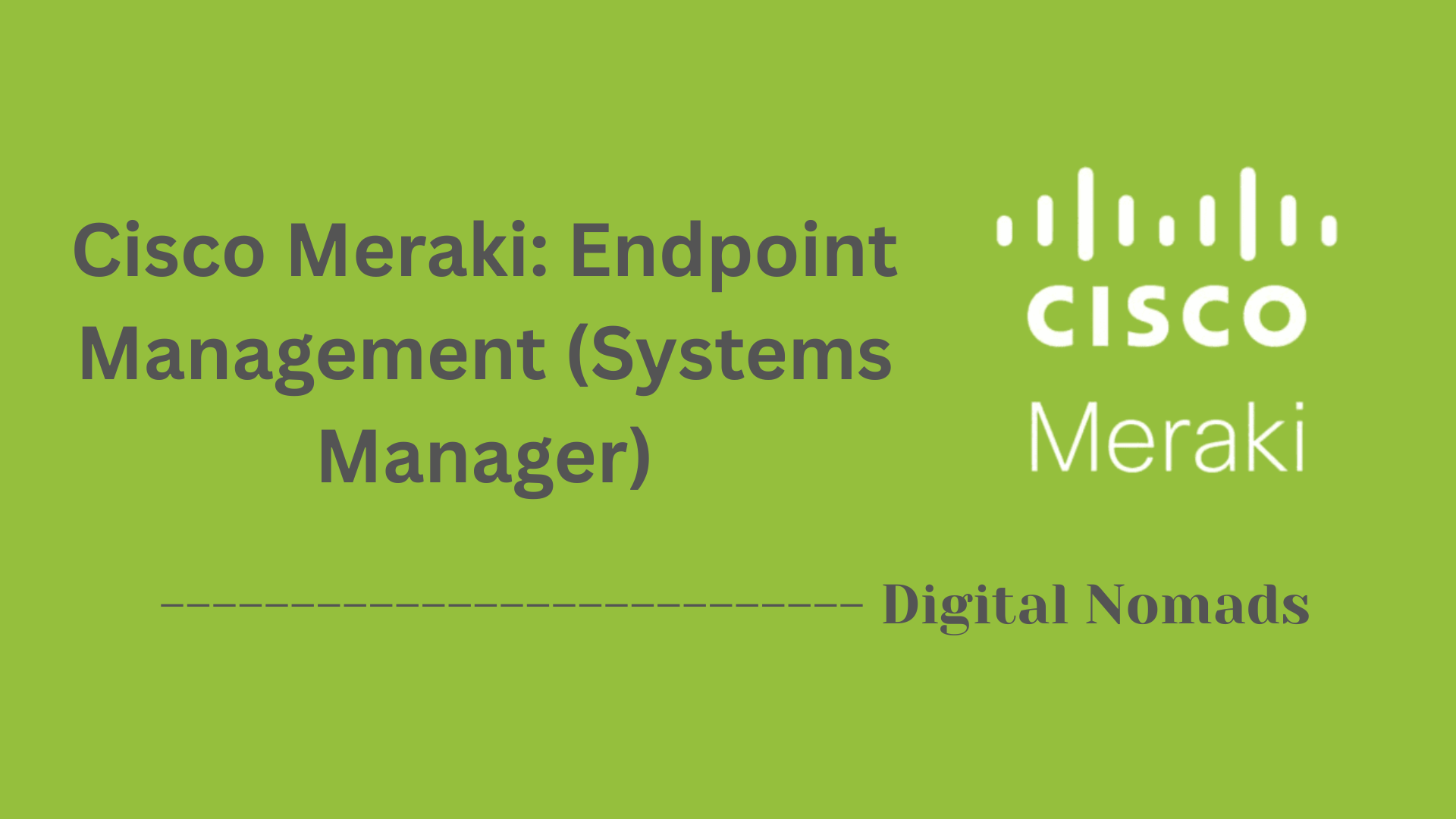Table of Contents
- Overview
- Key Terms
- Common Acronyms
- Technical Details
- Typical AMP Features by Platform
- Best Practices
- Conclusion
Overview of Advanced Malware Protection (AMP)
What Is Advanced Malware Protection (AMP)?
Advanced Malware Protection (AMP) is a comprehensive security solution designed to defend against sophisticated and evolving cyber threats. Unlike traditional antivirus tools, AMP provides multi-layered protection by leveraging threat intelligence, behavior analysis, automation, and continuous monitoring. Its purpose is to detect, block, and respond to both known and emerging forms of malware—including those that evade conventional security measures.
Why You Need to Know About AMP
- Sophisticated Threats Are Rising: Modern malware is highly advanced, often using stealth techniques to bypass standard security. Organizations now face threats like ransomware, zero-day exploits, and fileless attacks that require more than basic antivirus solutions.
- Business Continuity and Data Protection: Malware can cripple operations, cause data loss, and lead to expensive downtime. AMP helps minimize these risks, ensuring critical data and workflows remain secure.
- Regulatory and Compliance Requirements: Many industries mandate robust threat protection. AMP assists with compliance by providing audit trails, alerts, and remediation features demanded by regulations.
- Layered Defense Strategy: In today’s increasingly digital environment, AMP is an important part of a holistic security framework that also includes firewalls, email security, and user training.
How AMP Works
AMP operates through several integrated mechanisms:
- Continuous Monitoring: AMP constantly observes activity on endpoints, networks, and cloud services, watching for signs of malicious behavior or new threats.
- Threat Intelligence Integration: It utilizes real-time feeds and global databases to quickly recognize and block known threats. This database is frequently updated to adapt to the evolving threat landscape.
- Dynamic & Static File Analysis: Suspicious files are executed in isolated environments (sandboxing) for behavioral analysis (dynamic), while static analysis checks files against malware signatures and heuristics.
- Retrospective Security: Even after initial scanning and file approval, AMP continues to analyze files and network traffic. If a new threat emerges or delayed indicators are discovered, AMP can take responsive actions—such as issuing alerts or quarantining files.
- Automated Remediation: On detecting malware, AMP can automatically isolate affected files, restrict user access, and notify security teams for further investigation.
- Multi-Vector Protection: AMP coordinates defense across multiple areas—endpoint devices, networks, web gateways, and email systems—for unified and broad-spectrum protection.
In summary, Advanced Malware Protection is an essential tool in combating today’s persistent cyber threats. It blends intelligence, automation, and continuous vigilance to secure your digital assets and provide peace of mind in an unpredictable environment.
Key Terms
Foundational terminology used in Advanced Malware Protection (AMP) solutions:
- Advanced Malware Protection (AMP): A security system that uses threat intelligence, sandboxing, real-time blocking, and continuous monitoring to detect, prevent, and remediate sophisticated malware threats.
- Endpoint: Any device (e.g., PC, Mac, Linux, mobile) that receives protection from an AMP solution.
- Threat Intelligence: Data collected and analyzed to identify both known and emerging cybersecurity threats.
- Sandboxing: A secure, isolated environment used for executing and analyzing suspicious files for malicious behavior.
- Retrospective Detection: Ongoing analysis of files and traffic even after being initially deemed safe, allowing for the identification of threats that emerge later.
- Quarantine: Isolation of files or systems suspected of infection to prevent the spread of malware.
- Indicator of Compromise (IoC): Evidence of a network or computer breach, or malicious activity detected during monitoring.
Common Acronyms
Frequently used acronyms in the context of Advanced Malware Protection (AMP) and cybersecurity:
| Acronym | Meaning |
|---|---|
| AMP | Advanced Malware Protection |
| AV | Anti-virus |
| API | Application Programming Interface |
| ATP | Advanced Threat Protection |
| IoC | Indicator of Compromise |
| MAR | Mailbox Auto Remediation |
| SSE | Security Services Exchange |
Technical Details
Core attributes and mechanisms that define Advanced Malware Protection (AMP) solutions:
- Continuous Monitoring: AMP systems log and monitor all file and device activities, enabling real-time identification of suspicious behavior across endpoints and networks.
- Dynamic & Static Analysis: Files are analyzed through automated sandboxing (dynamic) for behavioral anomalies as well as static signature-based detection, offering comprehensive threat examination.
- Cloud-Delivered Intelligence: AMP leverages cloud-based threat intelligence to rapidly update signatures, gather threat insights, and distribute protection against emerging malware variants.
- Retrospective Detection: Even after initial scanning, AMP continues to analyze files and traffic. If delayed threats are discovered, the solution can trigger retrospective alerts and responses.
- Remediation Actions: On detection of malware, AMP can automatically quarantine files, block network activity, and initiate notifications to security teams for further investigation.
- Multi-Vector Protection: AMP covers endpoints, network traffic, emails, and web gateways, coordinating detection efforts across platforms for unified defense.
Typical AMP Features by Platform
Advanced Malware Protection (AMP) solutions offer a range of features that may vary depending on the platform. Here’s an at-a-glance comparison of common capabilities across major environments:
| Feature | Endpoint | Network | Web Gateway | |
|---|---|---|---|---|
| Real-time Blocking | ✓ | ✓ | ✓ | ✓ |
| Continuous File Analysis | ✓ | ✓ | ✓ | ✓ |
| Retrospective Alerting | ✓ | ✓ | ✓ | ✓ |
| Sandboxing | ✓ | ✓ | ✓ | ✓ |
| Remediation | ✓ | ✗ | ✓ | ✗ |
| Threat Intelligence | ✓ | ✓ | ✓ | ✓ |
Note: Feature availability may differ based on the specific vendor or deployment environment.
Best Practices
Recommendations for maximizing effectiveness and protection with Advanced Malware Protection (AMP) solutions:
- Keep AMP Updated: Regularly update AMP clients, agents, and appliances to ensure the latest threat intelligence, features, and compatibility.
- Enable Retrospective Alerts: Allow for continuous monitoring that triggers alerts when threats are detected after initial inspection.
- Integrate with Existing Security Layers: Use AMP alongside other security solutions (firewalls, email protection, network monitoring) for comprehensive coverage.
- Conduct Regular Threat Assessments: Periodically review logs and alert data to identify patterns or gaps in coverage and adjust security policies as needed.
- Educate Users: Train staff to recognize AMP alerts and suspicious activity, and implement clear incident response protocols.
- Leverage Automated Remediation: Configure AMP to automatically quarantine or block detected threats, minimizing manual intervention and response time.
- Test Incident Response: Simulate attack scenarios to validate AMP detection, alerting, and response workflows for ongoing preparedness.
Conclusion
Advanced Malware Protection (AMP) plays a crucial role in safeguarding modern organizations against today’s rapidly evolving cyber threats. Throughout this blog post, we explored the critical components, best practices, and platform-specific capabilities that make AMP a vital piece of any security strategy.
Here are the key takeaways:
- Core Concepts & Terminology: Understanding AMP begins with a clear definition of terms like sandboxing, threat intelligence, and retrospective detection.
- Acronym Familiarity: Knowing common cybersecurity abbreviations (like AMP, IoC, ATP, and SSE) helps demystify technical conversations.
- Technical Depth: AMP systems rely on features like continuous monitoring, cloud-based intelligence, and automated remediation to provide layered, adaptive protection.
- Platform Flexibility: Whether deployed on endpoints, network appliances, email gateways, or web gateways, AMP provides unified threat protection, though capabilities may vary by platform.
- Best Practices: Regular updates, integration with broader security systems, and intelligent user training can significantly enhance the effectiveness of AMP deployments.
As cyber threats become more sophisticated, it's essential to align your defenses with tools that adapt and evolve in real time. AMP solutions not only detect and block threats—they also learn from them, ensuring your organization is ready for what comes next.
Thanks for following along! Stay secure, stay informed—and don’t forget to update your malware protection policies regularly. 🛡️
Let me know if you'd like to include call-to-actions (CTAs), such as links to vendor tools, support documentation, or contact options for consulting services.




